本文由nendo授权mooool发表,欢迎转发,禁止以mooool编辑版本转载。
Thanks nendo for authorizing the publication of the project on mooool, Text description provided by nendo.
nendo: 京都艺术设计大学校园有一个小亭子,是建筑师西泽立卫和nendo设计事务所合作完成的。这个亭子建在一个陡峭的山坡上,山上长满了许多珍贵的植被,人们可以在晴朗的日子里看到京都东郊的36座山峰。附近有一片李子树树林,早春时节李树花朵的芳香会让这个原本就很美丽的地方更加缤纷绚丽。西泽立卫通过使用单坡屋顶将周围环境融入亭廊的设计之中,屋顶的走势巧妙地跟随着场地的坡度顺势而为,当游客站在这个亭廊底下时会发现屋顶其实也是一面墙。
nendo: A small pavilion on the campus of Kyoto University of Art and Design, born from a collaboration between architect Ryue Nishizawa and design office nendo. The location: a steep hill face covered in luxurious vegetation. On a clear day, you can almost count the 36 crests of the hills that line Kyoto’s eastern edge. The adjacent area is earmarked for a new grove of Japanese plum trees, and their fragrant early spring blossoms will only add to an already beautiful site. Nishizawa used a single roof to incorporate these elements into the pavilion’s design. The roof is subtly inclined to follow the angle of the site. Dipping under it, visitors realise that the roof, delightfully and ambiguously, is also a wall.



©Daici Ano
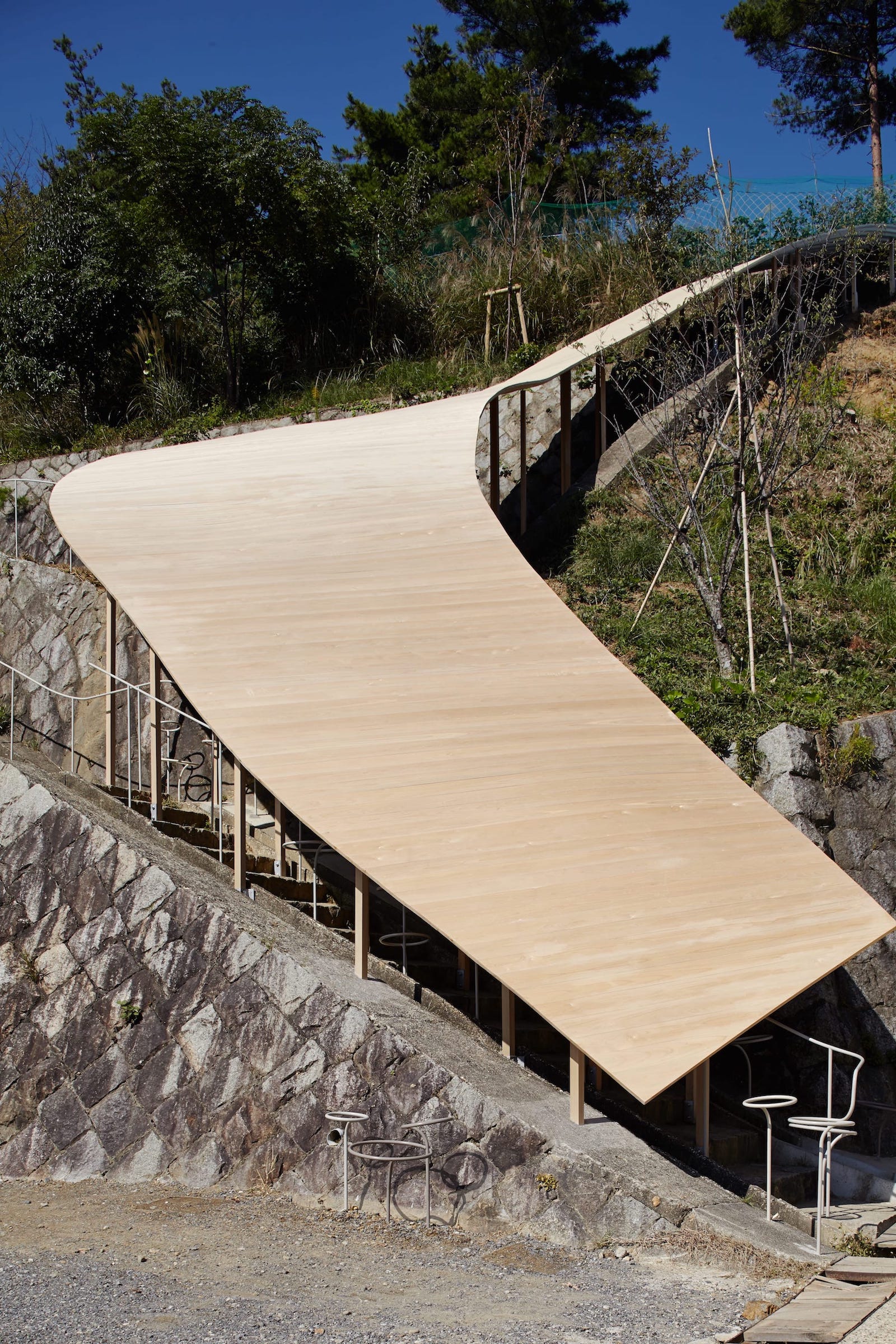
对于游客来说,亭廊的空间体验就像是在茂密的树林下行走。迄今为止,西泽的许多建筑都感觉像是明亮、开阔、通风的田野或花园,里面的家具就像野花一样,这样就模糊了内外空间的界限,同时增加了亮度和色彩。但是对于这个木质亭廊来说,内部空间就显得较为荫蔽,屋顶又紧挨着暴露在自然环境中的山坡上,所以设计师认为像蘑菇菌类这样的家具装置会更合适。蘑菇状的凳子是工匠手工制作的,形状和尺寸略有不同,会有一种更自然的效果。凳子的排布会让人联想到蘑菇在野外生长的方式,它们聚集在柱子的底部或者石墙和楼梯的角落里,同时细节处更具匠心,比如变成蘑菇的扶手延续了隐喻的设计手法。设计师希望建筑元素能够在空间中自然“生长”,而不仅仅是把家具堆放在房间里。
The pavilion’s spatial experience is intended to remind visitors of walking in the mountains under thick tree cover. To date, many of Nishizawa’s buildings have felt like bright, open and airy fields or gardens, and the furniture inside them like wildflowers that blur the boundary between interior and exterior space while adding brightness and color. But for the shady interior of this wooden structure, clinging onto the hillside exposed to the elements, we thought that furniture like fungi would be much more appropriate. Our mushroom-like stools for the space were handmade by artisans to slightly different shapes and sizes, giving a more natural effect. The stools’ layout – clustered at the base of pillars, or in the nooks and crannies by stone walls and staircases – evokes the way that mushrooms grow in the wild, and details like a handrail that transforms into a mushroom continue the metaphor. We wanted to design architectural elements that would ‘grow’ naturally from the space, rather than to put furniture in a room.

©Daici Ano
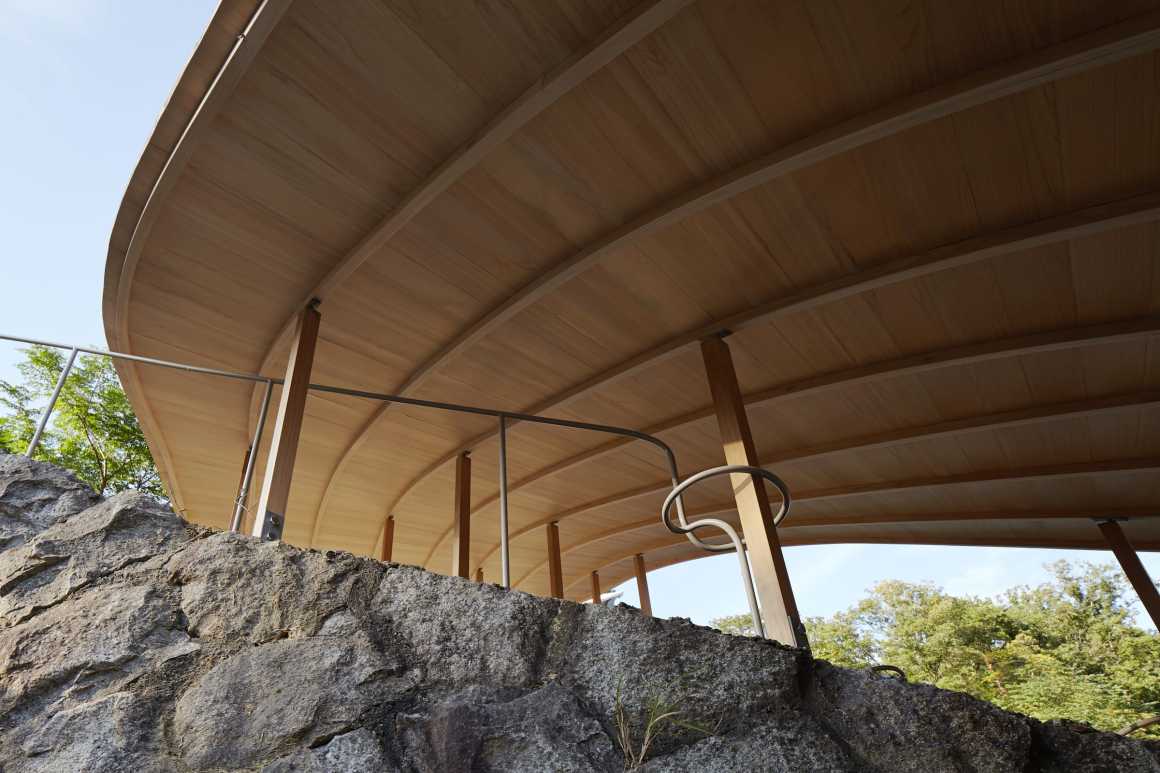
©Daici Ano
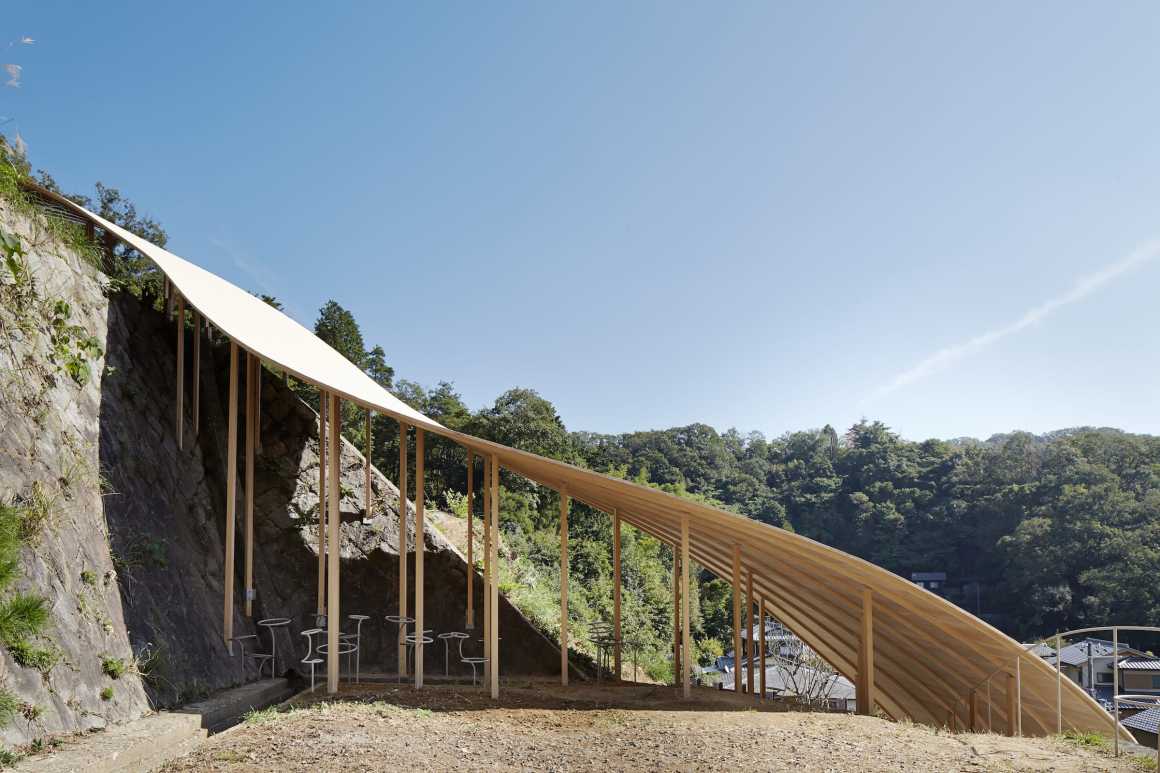

©Daici Ano

©Daici Ano
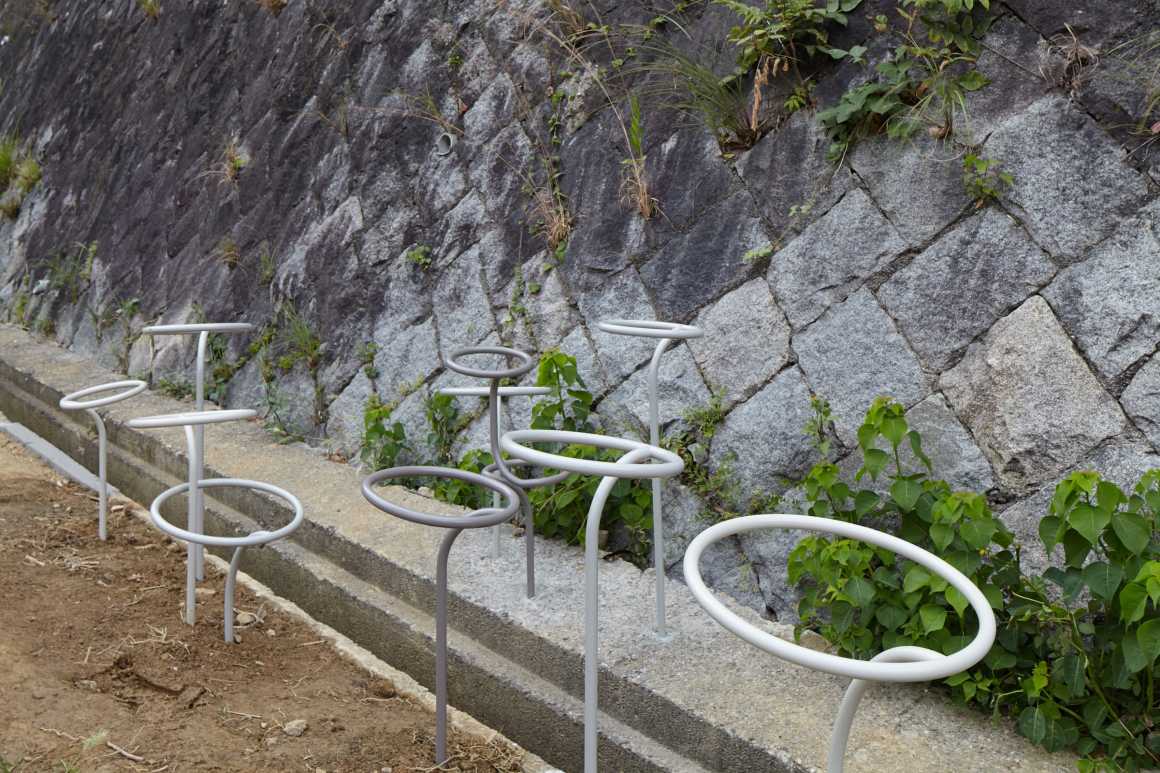
▼亭廊模型 Model of pavilion
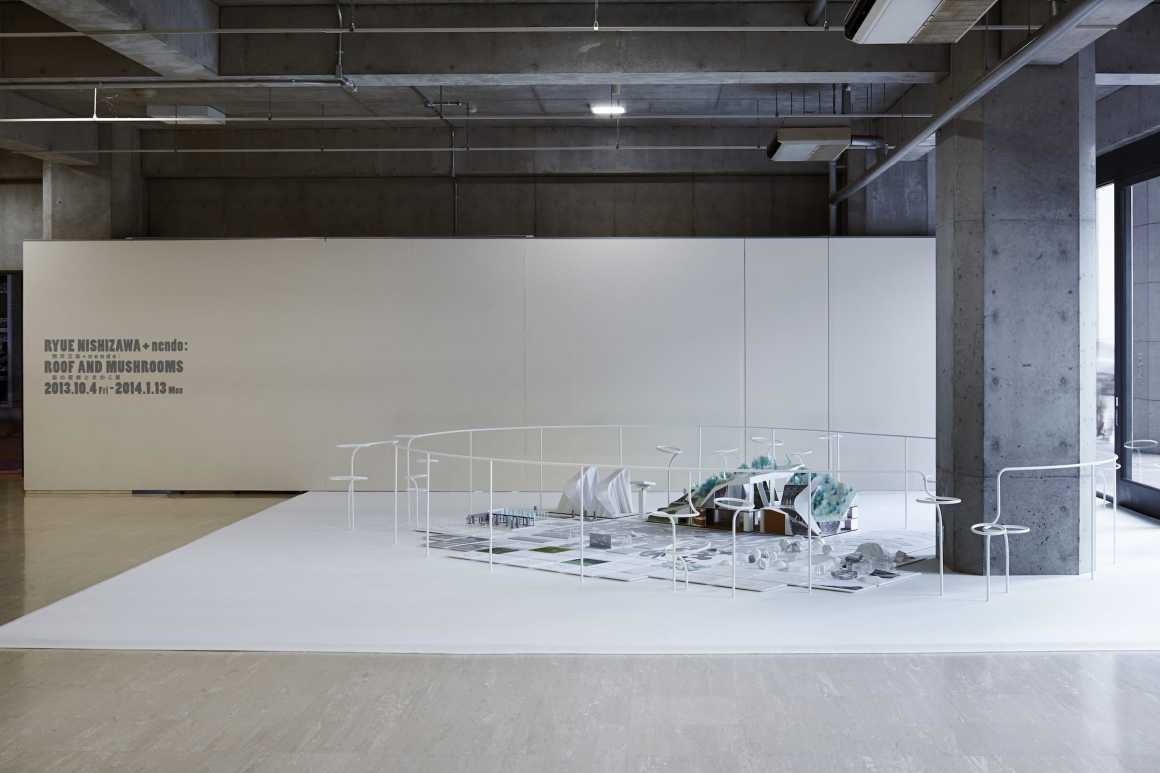
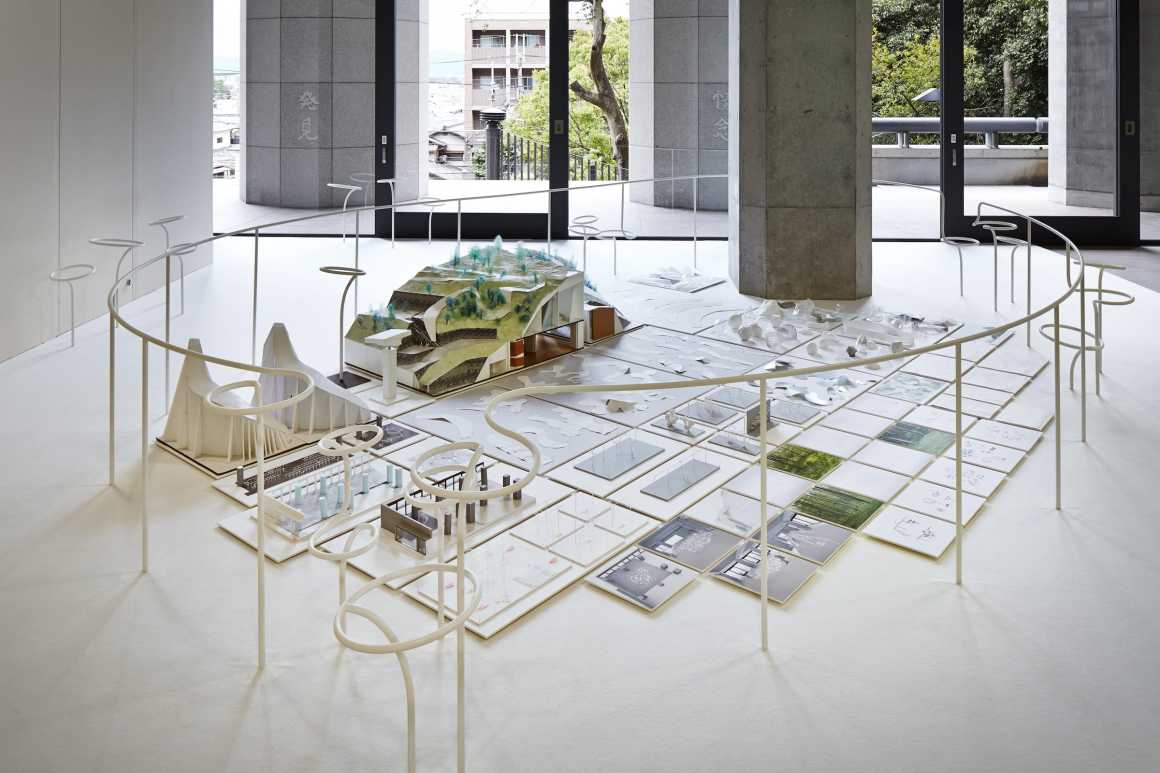

地点: 日本京都
完成时间: 2013.10
摄影师: Daici Ano
Location: Kyoto, Japan
Completion: 2013.10
Photographer : Daici Ano
更多 Read more about:nendo



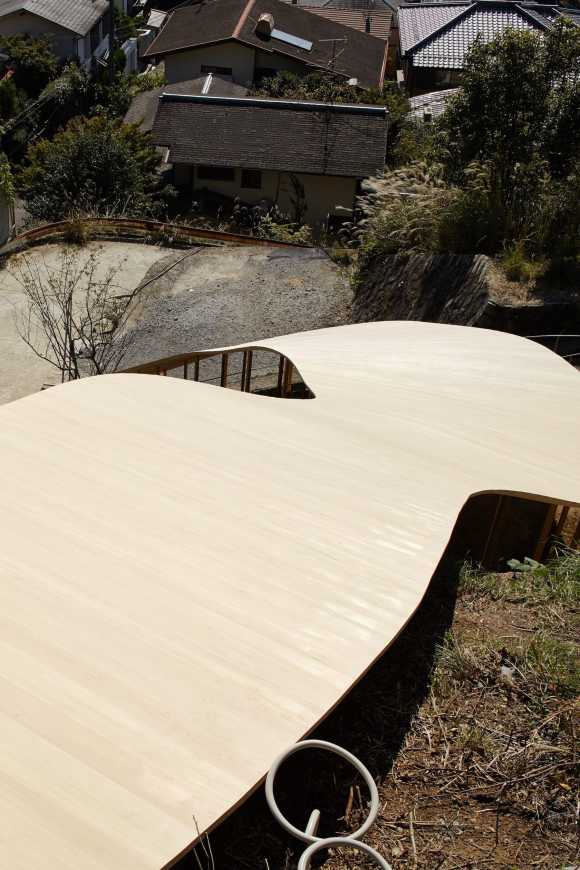
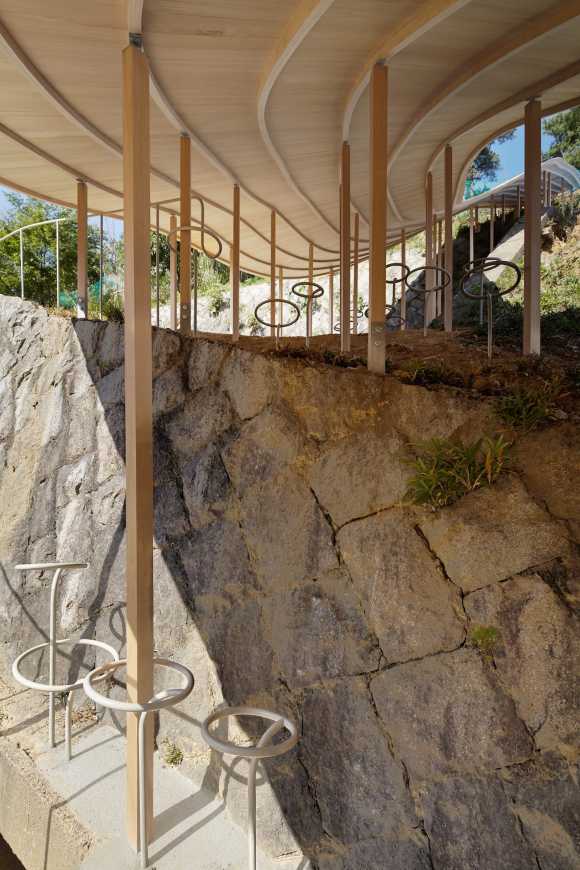
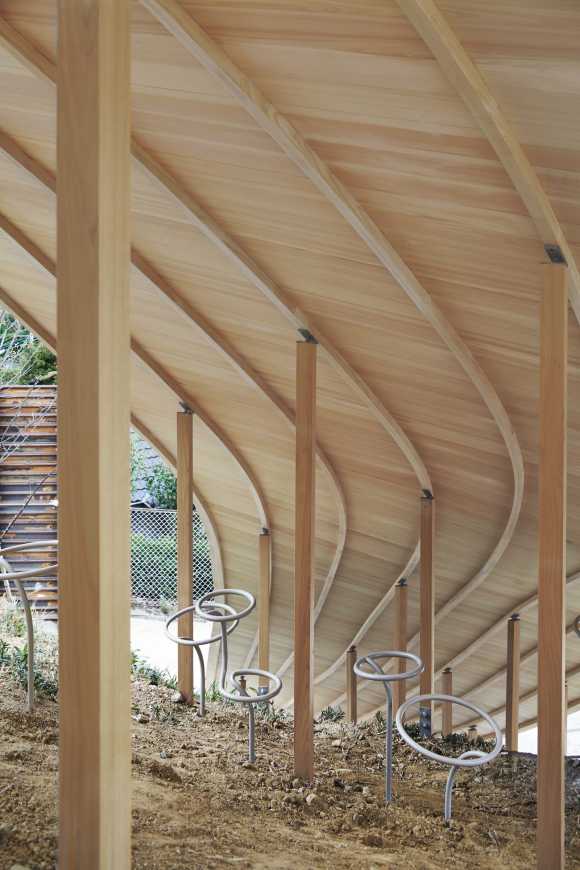

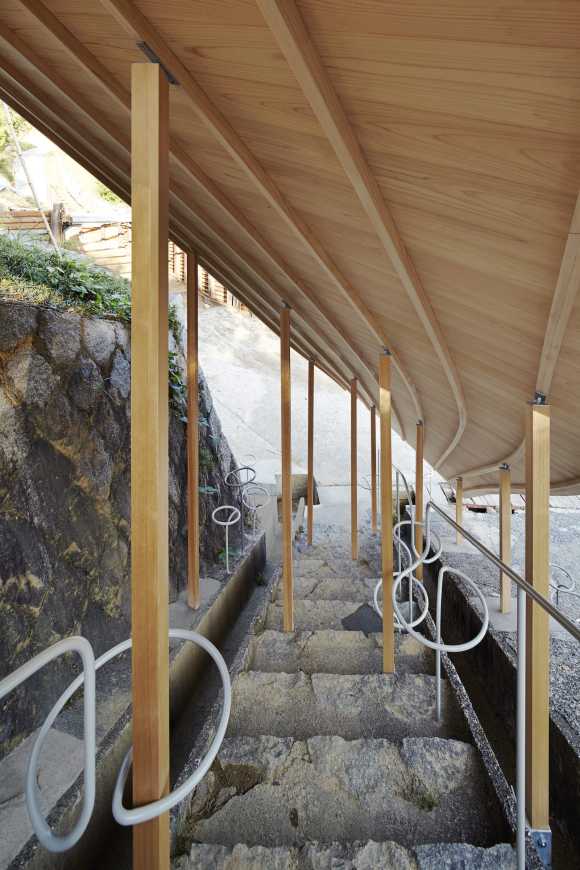
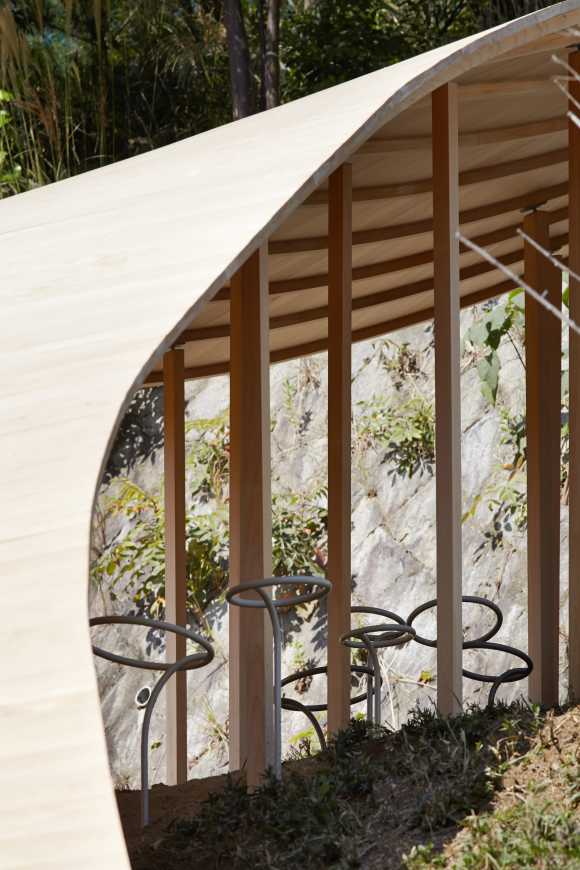

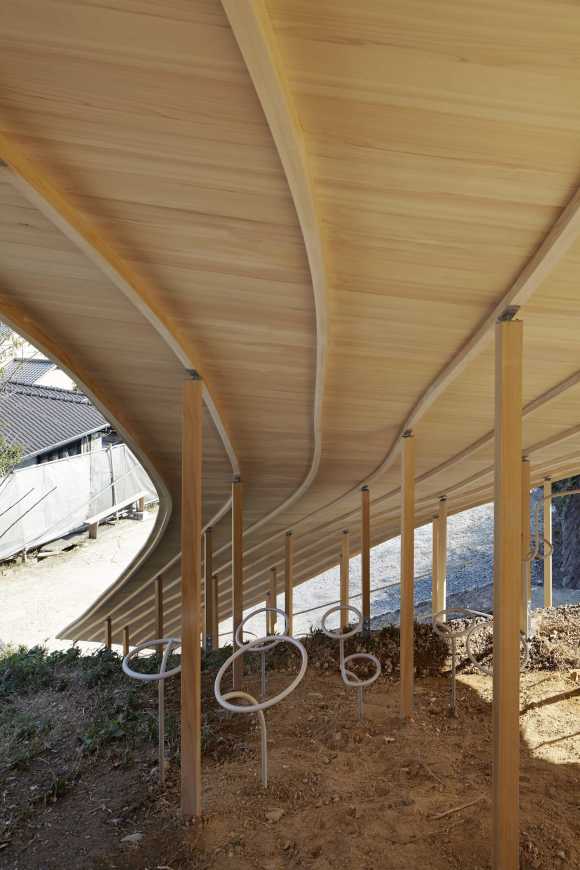

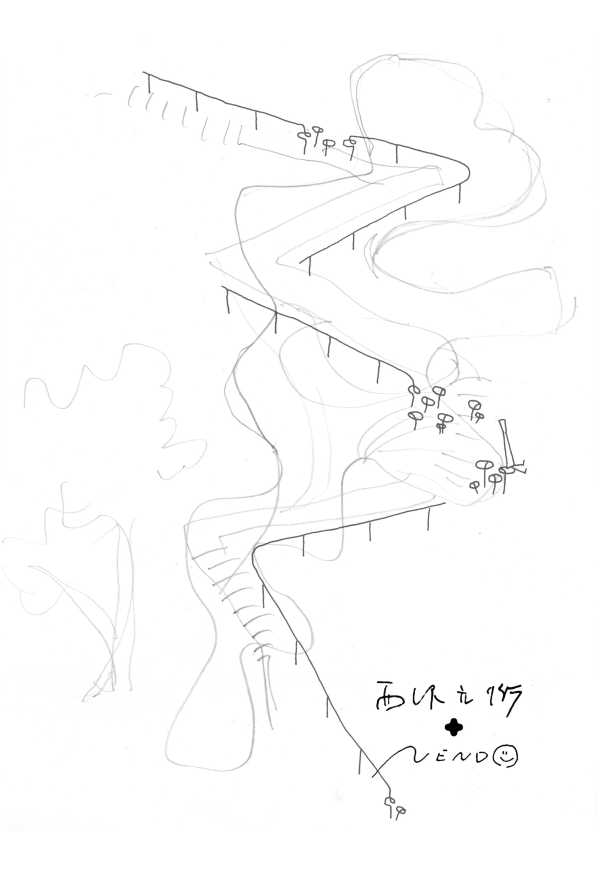


0 Comments